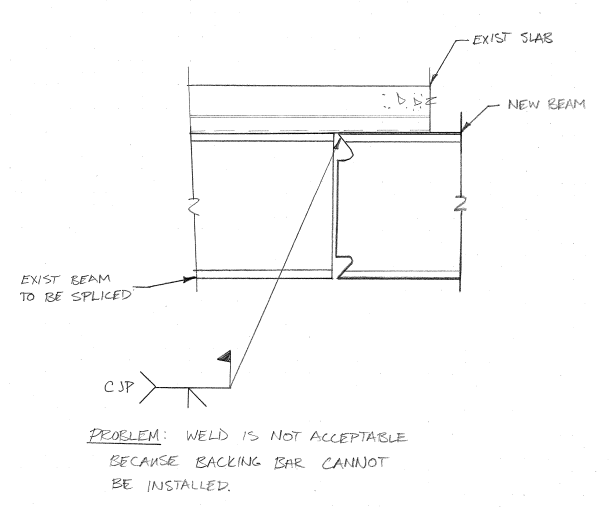RPMG
Structural
- Nov 7, 2014
- 333
I specified a CJP field weld, and the detailer has pointed out that it requires a backing tab which can't be installed because there is an existing metal deck and slab above. Does anyone have a solution for this?


Follow along with the video below to see how to install our site as a web app on your home screen.
Note: This feature may not be available in some browsers.
RPMG said:B-P8 is prequalified with R = 0. Wouldn't a PJP weld be better for fit-up than a CJP?
RPMG said:And I'm open to bashing in a backing bar. How do I determine the minimum thickness?
